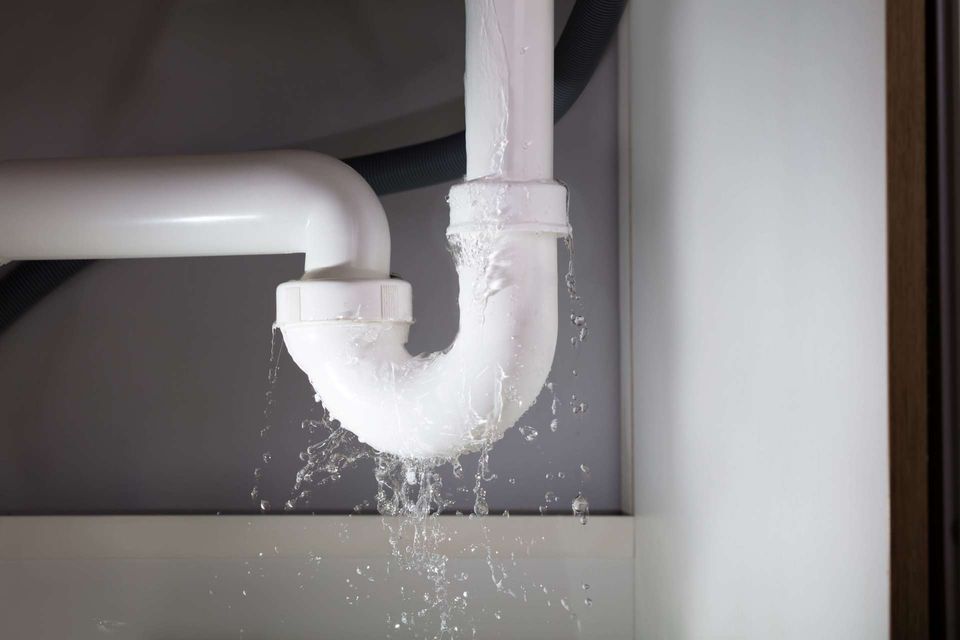The article which follows in relation to Detecting hidden plumbing leaks is highly captivating. Don't bypass it.

Early detection of dripping water lines can minimize a potential disaster. Some little water leaks may not be visible.
1. Take A Look At the Water Meter
Examining it is a proven method that assists you uncover leaks. If it relocates, that indicates a fast-moving leak. This implies you might have a slow leakage that might even be below ground.
2. Inspect Water Consumption
If you identify sudden modifications, regardless of your consumption being the very same, it suggests that you have leakages in your plumbing system. An unexpected spike in your expense indicates a fast-moving leak.
Meanwhile, a constant increase every month, despite the very same practices, shows you have a slow-moving leakage that's additionally gradually intensifying. Call a plumber to completely inspect your residential property, specifically if you really feel a warm area on your floor with piping below.
3. Do a Food Coloring Examination
When it comes to water intake, 30% comes from toilets. If the color somehow infiltrates your dish throughout that time without flushing, there's a leak between the storage tank as well as dish.
4. Asses Exterior Lines
Don't neglect to check your outdoor water lines too. Should water permeate out of the link, you have a loose rubber gasket. One little leak can waste bunches of water and also increase your water costs.
5. Assess the scenario and also check
Homeowners need to make it a practice to inspect under the sink counters as well as also inside cabinets for any bad odor or mold and mildew development. These 2 red flags show a leakage so punctual interest is needed. Doing regular inspections, also bi-annually, can conserve you from a major issue.
A lot more notably, if you know your home is currently old, maintain a watchful eye on your heaters, tubes, pipes etc. Look for discolorations and compromising as many pipes and devices have a life span. They will also naturally weaken due to wear and tear. If you suspect dripping water lines in your plumbing system, do not await it to rise. Call a professional plumber today so you don't end up with a horrible mess in your home.
Early discovery of leaking water lines can reduce a prospective catastrophe. Some tiny water leakages may not be visible. Inspecting it is a guaranteed means that assists you find leaks. One tiny leakage can waste lots of water and surge your water bill.
If you think leaking water lines in your plumbing system, do not wait for it to rise.
How to Know If Your Home Has a Hidden Leak
Water Meter Reveals Inexplicable Water Usage
If you’d like to test whether or not there’s a leak somewhere in your home, you can do this using your water meter. Here is how to conduct the test:
Don’t use any water in your home for at least 30 minutes; this also means not turning on faucets or water-using appliances.
Go outside, and check your water meter for activity.
If your water meter shows that there was activity, even though no one was using any water, this proves that there is a leak in your home.Visible Mold or Mildew Growth
Leaks behind walls create moist, dark environments that allow mold and mildew to grow and thrive. Eventually, you might see mold growth forming on the wall closest to a hidden leak.
If mold is growing in an area that receives a high amount of moisture, such as a bathroom, it may simply be an indication that better ventilation is needed. However, if you see mold growth on a wall or the ceiling in an area where you would not expect, you probably have a hidden leak.
Musty, Mildew Odor
Sometimes you might not be able to see the mold or mildew that is growing as a result of a leak. However, the smell can give the problem away just as easily. If you catch a whiff of something musty, there’s a good chance that old water is collecting somewhere in your home that you can’t see.
Stained/Warped Walls, Ceilings, or Floors
When your home soaks up water, a variety of red flags can become visible, including ceiling stains, bubbling drywall, warped walls, and sagging floors. While these issues can be caused by excess humidity, they can also be signs that a pipe or plumbing connection has started leaking behind your walls.
Inexplicably High Water Bill
After a while, you get a general sense for what your water bill should be. If you own a pool or sprinkler system, your bill will tend to be higher during summer. However, if you receive a water bill that seems especially high, and you can’t figure out what caused it, then you may have a hidden leak somewhere that’s increasing your bill.
https://www.plumbingjoint.com/blog/2019/july/how-to-know-if-your-home-has-a-hidden-leak/

We were shown that report on Locating water leaks through an acquaintance on another web property. Liked our blog posting? Please share it. Let somebody else discover it. We thank you for reading our article about Leaking water lines.
Solve it now, dial here!